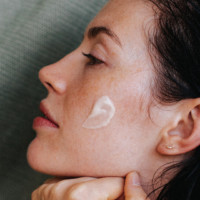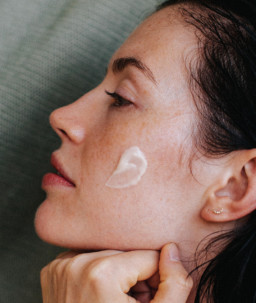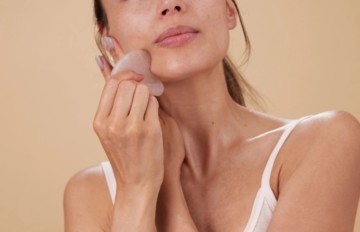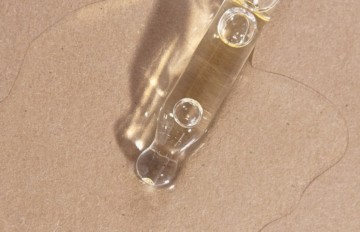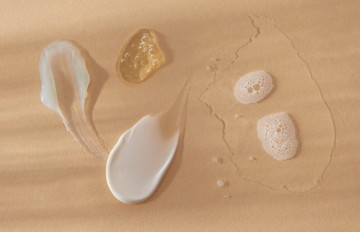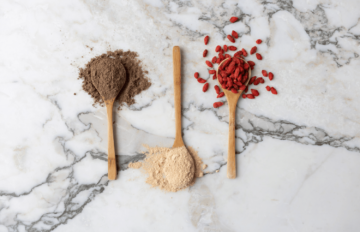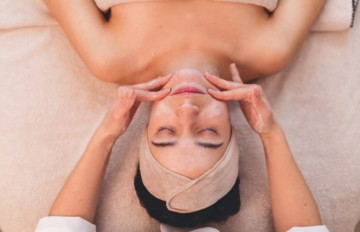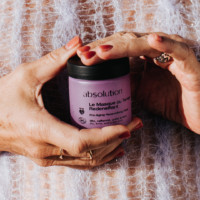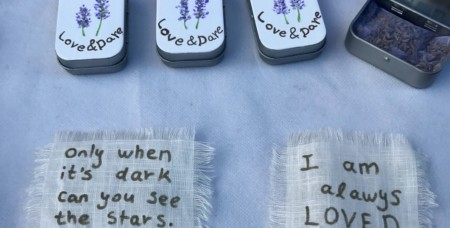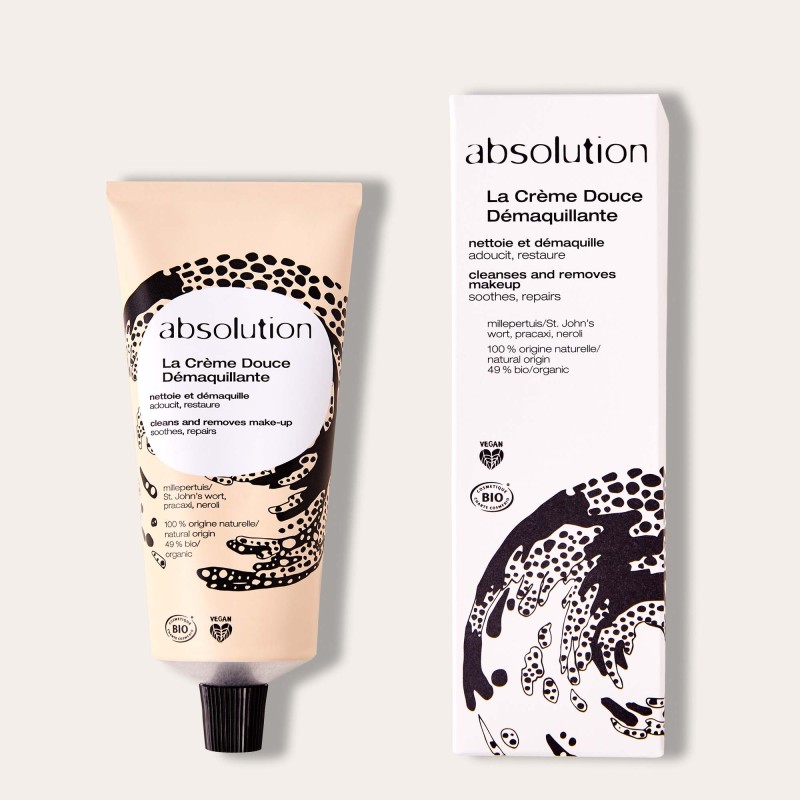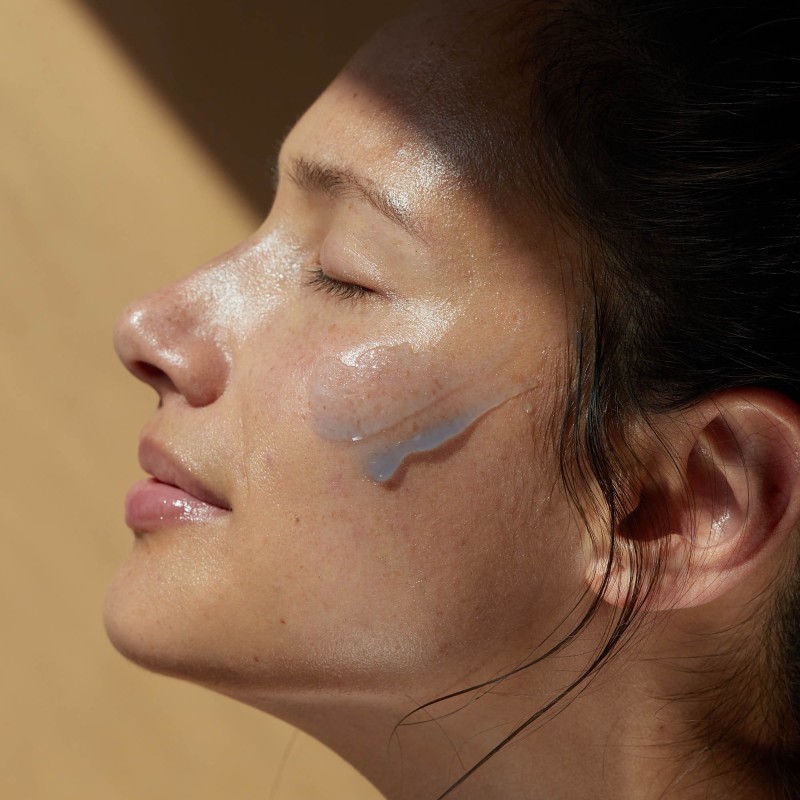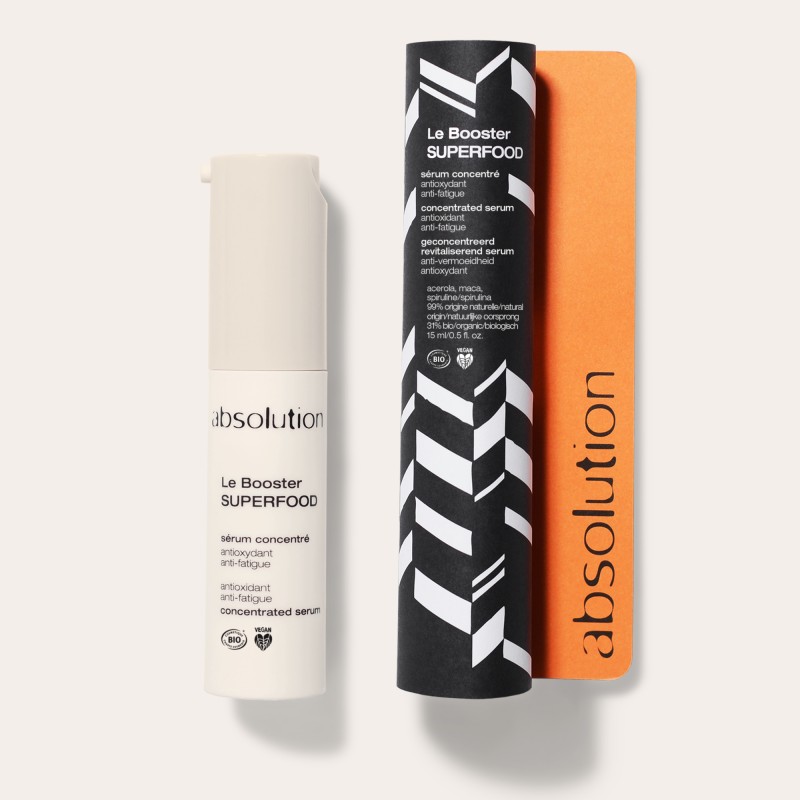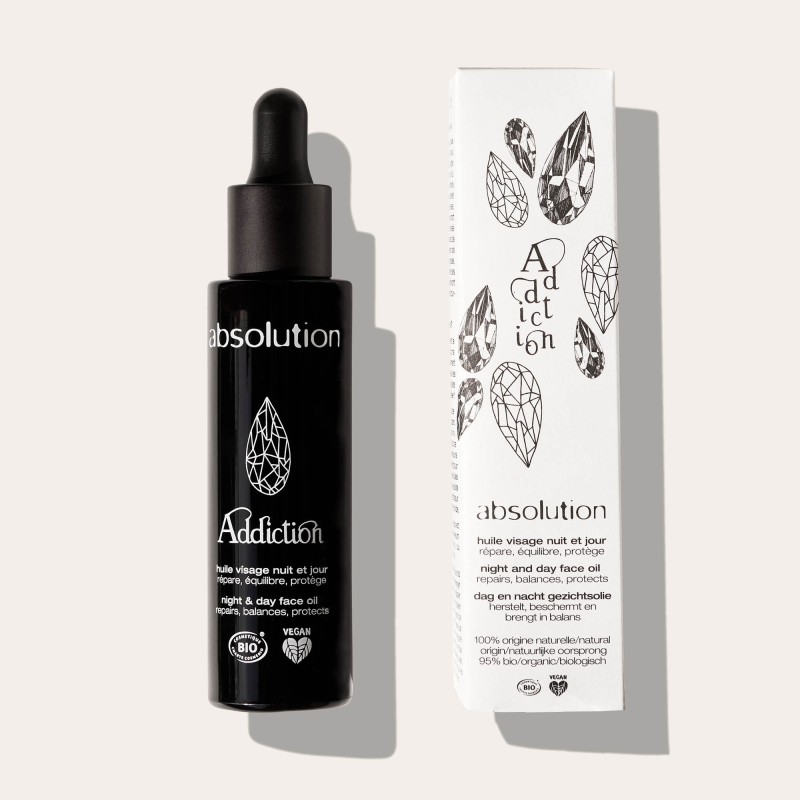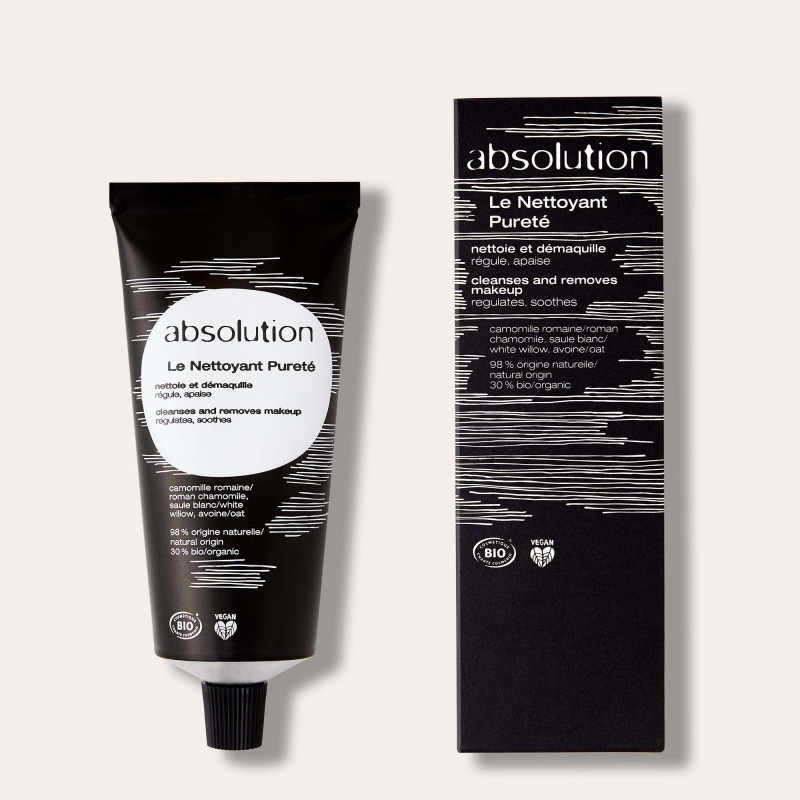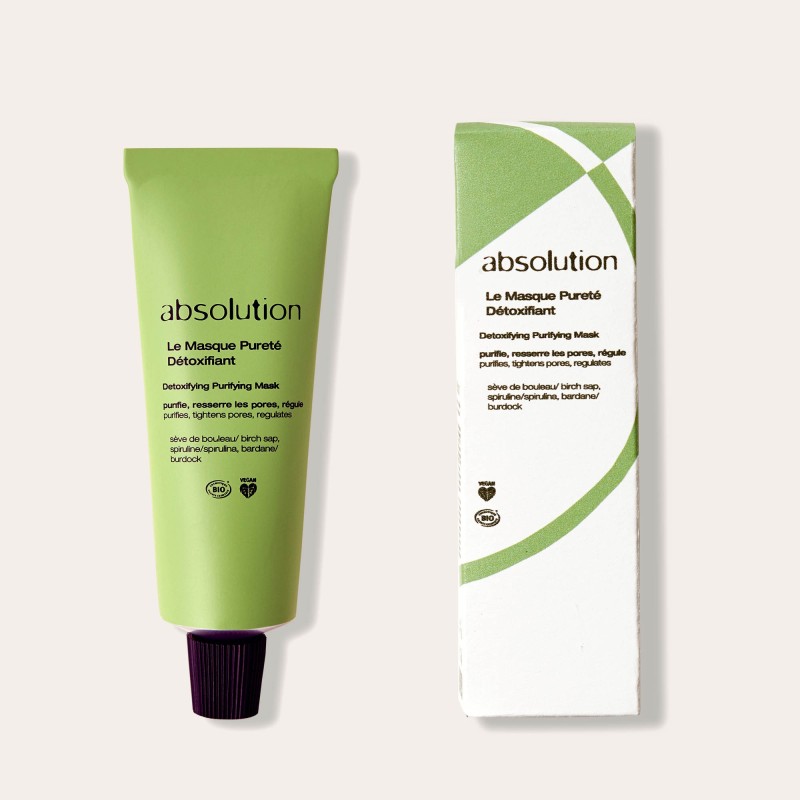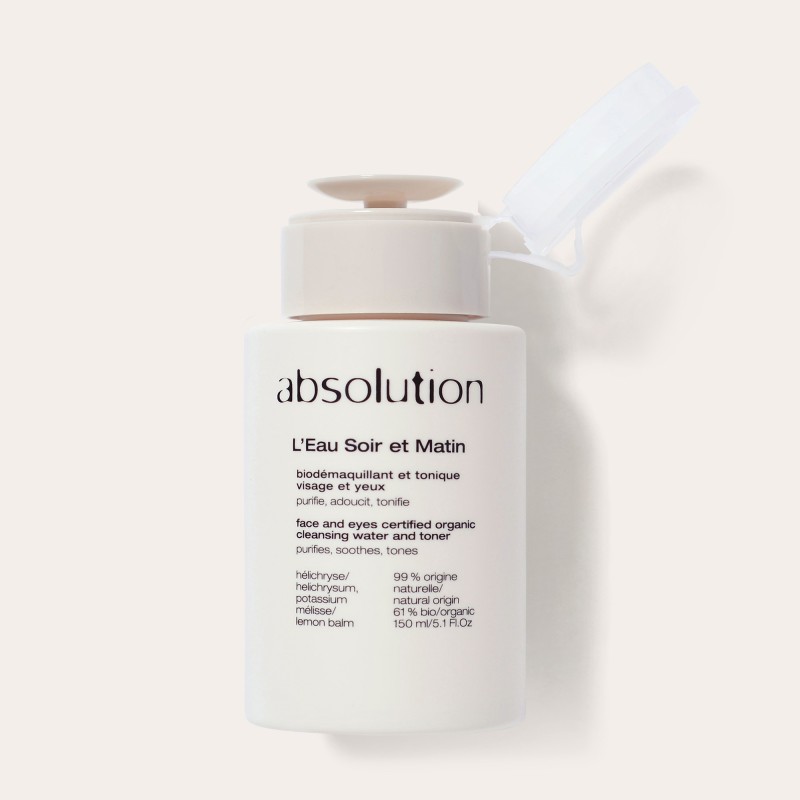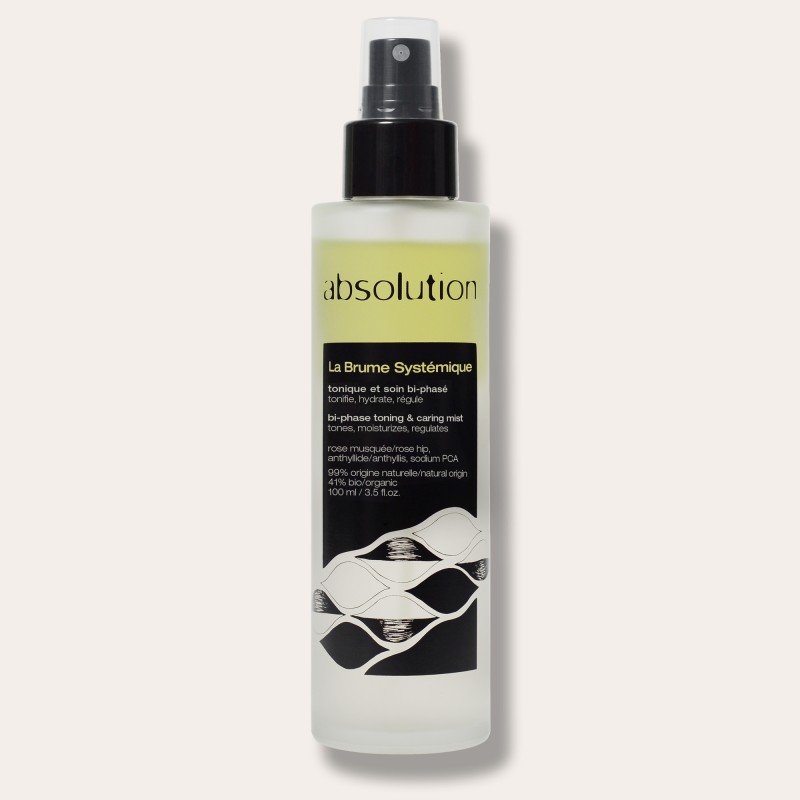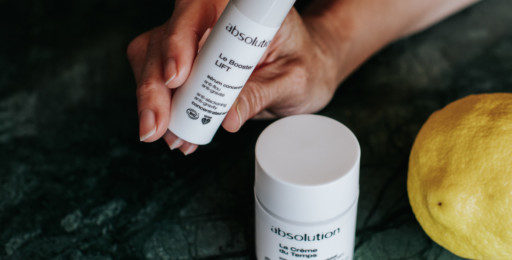
How Our Hormones Affect the Quality of Our Skin
You’ve all experienced it at some point—right before your period, hormones go into overdrive, making your skin oilier and causing breakouts, blackheads, or blemishes… Since the lockdown, however, a concept has gained popularity: skin syncing! More and more beauty experts now recommend adjusting your skincare routine based on hormonal fluctuations throughout the month. This way, your skin adapts better to bodily changes and regains some stability. Let’s break it down.
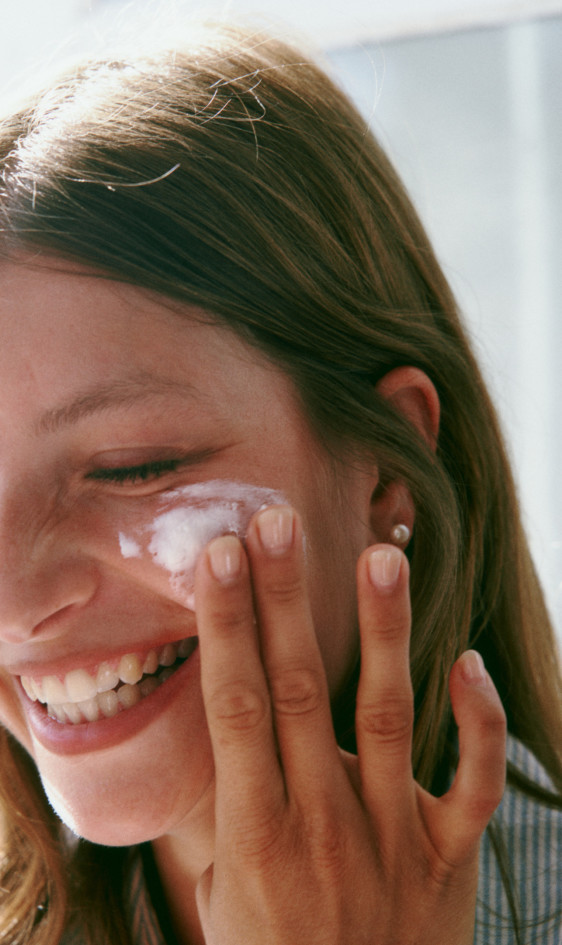

What is Skin Syncing?
This holistic approach aligns your lifestyle with the natural rhythms of your menstrual cycle, taking into account the changing needs of your body throughout its four phases—the menstrual cycle typically lasts around 28 days:
1-Menstrual Phase (Days 1-5): This phase begins when your period starts. Estrogen and progesterone levels drop, leading to dehydration, increased sensitivity, and a higher risk of redness and irritation.
2-Follicular Phase (Days 6-14): Estrogen levels gradually rise, helping to brighten and rebalance the skin.
3-Ovulation (Around Day 14): A peak in estrogen gives the skin a radiant glow, but some may experience increased sensitivity. Sebum production becomes more active, which can cause minor breakouts.
4-Luteal Phase (Days 15-28): Progesterone kicks in, often leading to oilier skin, clogged pores, and breakouts, especially on the chin and forehead.
What Are Our Key Hormones ?

As you may have guessed, hormones play a crucial role in regulating several skin processes, such as sebum production, hydration, inflammation, and cell regeneration:
1-Progesterone stimulates sebum production, making the skin oilier and more prone to breakouts, especially during the luteal phase.
2-Estrogen enhances skin hydration and boosts collagen production, giving the skin a smooth and glowing texture, particularly during the follicular and ovulation phases.
3-Testosterone, though more commonly associated with men, is present in smaller amounts in women and can contribute to oilier skin and thicker hair growth, particularly during the luteal phase.
4-Cortisol, the stress hormone, increases during stressful periods, potentially triggering breakouts and inflammation. Stress levels tend to rise before or during menstruation, worsening skin issues.


How to Adapt Your Skincare to Your Cycle
Now that you understand how your hormones function, adjusting your skincare routine accordingly can optimize skin health and prevent hormonal breakouts. Here’s a guide:
Menstrual Phase: The skin barrier is highly sensitive, so it’s best to avoid exfoliants and harsh peels. Skip AHA acids and retinol, opting instead for gentle cleansers, hydrating creams, and targeted treatments. Lightweight, non-comedogenic makeup is recommended to prevent breakouts.
Follicular Phase: As your skin regains its glow post-period, maintain its radiance and hydration with vitamin C and fruit acids.
Ovulation Phase: As estrogen peaks and progesterone takes over, pores may enlarge and the skin may become oilier. Opt for purifying treatments.
Luteal Phase (Pre-Menstrual Days): In the final days before a new cycle, those with combination to oily skin may develop hormonal acne. Our Systemic Mist is ideal for soothing inflammation.
Now you’re all set to embrace each phase of your cycle with confidence!
